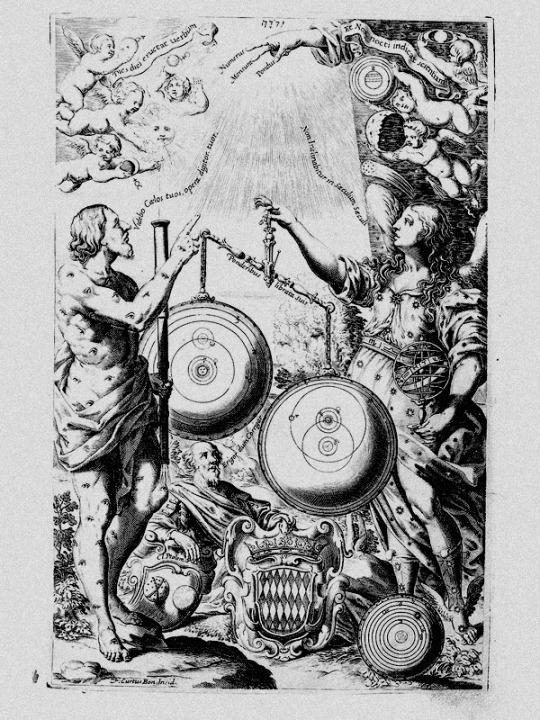✨ witchcraft with a distinct hint of chaos ✨ queer, secular, & often experimental. call me kat. (they/them)
Don't wanna be here? Send us removal request.
Text

Schriftproben der Reichsdruckerei : in drei Bänden - 1886 - via Staatsbibliothek Berlin
151 notes
·
View notes
Photo

The 72 sigils of the 72 spirits constrained by King Solomon in a bronze vessel, The Book of the Goetia of Solomon the King, 1904
5K notes
·
View notes
Text
some slavic magical beliefs and prohibitions: pregnancy, birth, children
as we know, one of the most impactful and faithfully followed aspects of slavic folk magic (and many other folk magical beliefs across the world) is the active effect enacted on one thing by another: in short, the effect one thing can have on another by a certain action performed, such as rubbing one thing on another, rolling it over it, dragging it under it, wrapping, throwing, stabbing, all those fun things.
for example, rolling an egg on your cow before letting it our to graze for the first time in spring will ensure it gets nicely fat and round like that egg. you can bathe your newborn child in a bath with some eggs in it, too, so it grows nicely fat and round as well.
of course, such magical actions can be performed in good faith - or the absolute opposite, causing harm and suffering. but! they can also happen… accidentally.
from this stems the overwhelming plethora of magical prohibitions and warnings: things you should look out for because if you do this, accidentally, it will have terrible consequences. we’ve talked here about magical beliefs and prohibitions when it comes to death and the dead (part two coming, someone hit me with a stick so I post it sooner) but I’d like to give you some other examples, tied more to the living (still).
the theme for today will be pregnancy, birth, and newborn children (tagged appropriately if you find the subject of pregnancy and birth upsetting)
pregnancy:
- a pregnant woman should not eat rabbit meat, or her child will be born cowardly and nervous as the hare, and with wild bulging eyes.
- she should not eat meat from animals killed by a wolf, either, or the child will be born with terrible, red, wound-like marks on the body.
- she should not eat anything made from seeds kept in the same bag used to feed horses, or her pregnancy will… last 12 months, as long as that of a horse, and the babe will not want to come out earlier.
- she should be careful not to step over a cat, or the child will be born hairy like a kitten. she should not step over her chickens or geese, either, or the child will be born with feathers.
- she should never step over a threshold that is cracked or has a deep mark from an axe on it, as the child will be born with a cleft lip.
- she should always carry a needle with her: the iron will protect her and the baby, and the babe will be born healthy and free of colic or convulsions. if not a needle, she must carry a knife - and then make sure that once the baby is born, the knife always lies beneath the cradle.
birth:
- if the birth is difficult, everything in the woman’s vicinity should be untied: her braid should be undone, and so should be all the ribbons and belts on clothing. buttons should be undone, too. all knots untangled.
- if that does not help, things should be open: windows, doors, chests, jars. whatever can be opened or undone, do it, and the babe will come more easily.
- to cheat evil powers that would want to meddle with the woman or the babe, the midwife should wear the clothing of a man: the demons will assume the birth is not yet happening, if a man is there.
- another way to cheat evil is powers is: after a woman gives birth, the oldest woman in the household (preferably a great-grandmother at least) should go out of the house, stand in front of it and shout so loud that everyone in the village hears:
“so that everyone knows and so that a child is healthy! a she-wolf bore a wolf pup!“
demons won’t steal a wolf baby, or even come near it. (perhaps the root for the naming of children “wolf” in some traditions)
- the third night after birth is often seen as the night when the child’s fate is decided: to cheat evil powers, a woman should take the babe from the cradle and hide it, or give it to the neighbours. in the little’s one place some rags should be put, or a ball from her makitra.
newborns:
- to the newborn’s bath, one should add an egg (so the child is round and plump, and healthy) or a silver coin (so it is healthy and free from evil)
- be wary of what you put in the little one’s cradle, or next to it: a book will make your child smart, a goshawk’s feather will make them swift, but a mirror will make them vain.
- do not utter certain words in the vicinity of the newborn child, or the child will become alike to that word: do not say frog, or hare, or worm. do not talk of devils, demons, nightmares - and do not talk about the dead.
- ensure your household is safe from evil that would want to steal or hurt the babe by putting thorns on the threshold, on the windowsill, above the door. use dog rose, thistle, or stinging nettle, or hawthorn, or blackthorn. even if you throw them away later, the borders of your house will sting and hurt whatever tries to sneak in. (including witches)
- put some harrow teeth underneath the cradle, and your child will be brave - and safe from evil.
- to ensure the baby is safe from evil: when a beggar knocks on your door or stops you on your way, offer them the child as alms. let them hold the baby and only then take it, and give them money or food. the demons will be fooled into believing you… have no baby anymore and there’s nothing to steal.
- a similar way of ensuring the demons won’t want to steal your baby is to pretend you found it. just do it, just pretend, over the cradle: “o! what is this! is this some kind of baby? I might take it, even though it is not mine.” openly calling your little one “not-mine” or “no-one’s” or “found” will work as well.
do add some examples from your regions, if you have any - I’d love to learn more, and I think the subject is especially rich in beliefs and superstitions*.
[examples come from Kultura Duchowa Słowian by Kazimierz Moszyński (volume I and II, 1934) and appear in the practices of many slavic peoples, especially from (historical and geographical) regions: Lesser Poland, Red Ruthenia, Belarus, Polesie, Great Rus, Moravia, Bulgaria, Little Rus and Ukraine]
2K notes
·
View notes
Photo

Arthur Edward Waite, The Book of Black Magic, 1898
439 notes
·
View notes
Photo
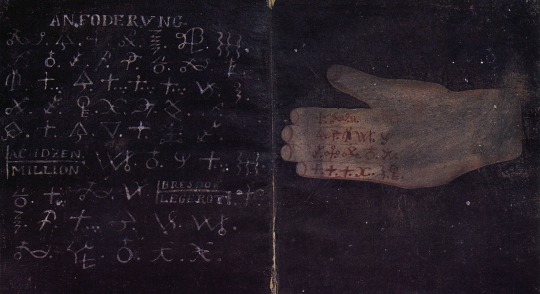
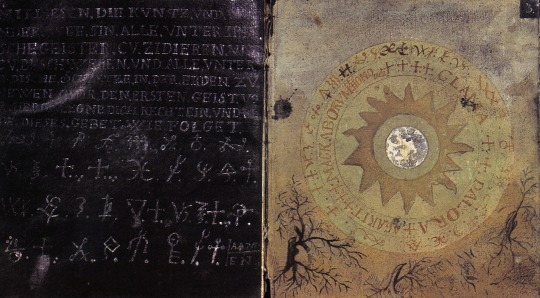


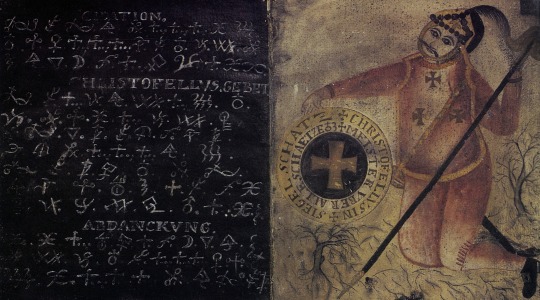
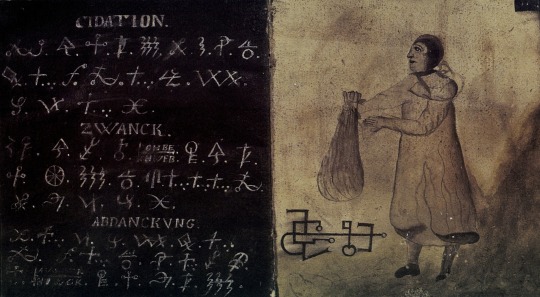
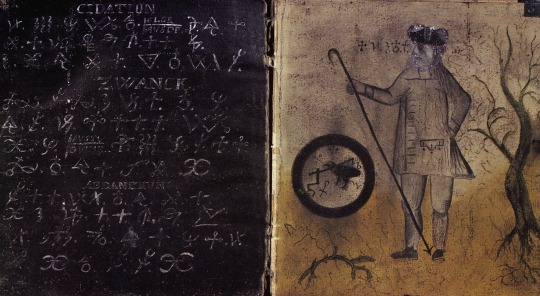

Doktor Johannes Faust’s Magia Naturalis et Innaturalis, oder Dreifacher Höllenzwang, leiztes Testament und Siegelkuns [Bibliothek der Zanber-Geheimnisse-und Offenbarungs-Bucher], Prague, ca. 1587.
8K notes
·
View notes
Text

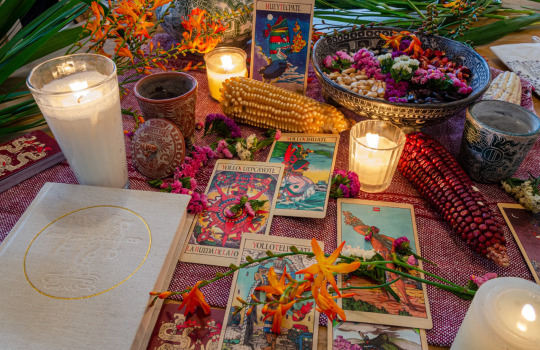
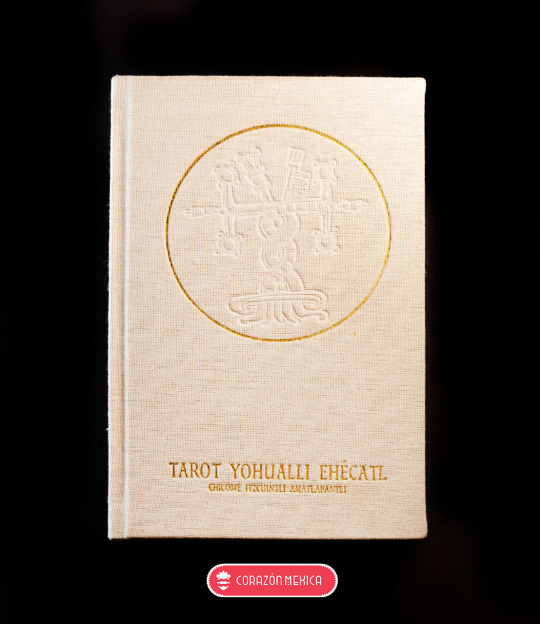

I'm so excited to announce that the Tarot Yohualli Ehecatl is finally available to purchase in my Etsy shop! This deck has been 12 years in the making, with many delays in between the day I started and now. Painting the deck alone was a major undertaking, but even more so was writing the book which accompanies it, which describes in detail the cards, glyphs, sacred narratives, the Teteo or gods, and many concepts and ideas relating to the spiritual world view of our ancestors. The book is hardcover, illustrated, and bilingual, written in both Spanish and English, and with additional prayers in Nahuatl. The deck comes with its 78 cards in their box, a manta-cloth bag with a hand-screenprinted image, and the hardcover book.
There are two listings for the book. The more inexpensive option includes free shipping via Mexican post, which is rather slow. It will take about a month to arrive.
The other, more expensive option includes shipping via DHL, in which case it should take between one week and two to be in your hands!)
229 notes
·
View notes
Photo


This antique rosary has a hidden compartment where relics could be kept. Most often, these rosaries contained soil from the catacombs in Rome where many Catholic martyrs are buried. These were also used as mourning jewelry and are sometimes found with locks of hair or ashes.
The crucifix is ebony wood and the beads are dyed green bone.
via Roses and Rue.
7K notes
·
View notes
Photo

36. Cross
The Rowan-cross, made from twigs of the Rowan (mountain ash) tree tied with red thread, is a powerful and traditional protective charm.
From The Hedgerow Lenormand, my WIP deck based on hedge witchery and folk songs.
921 notes
·
View notes
Text
protip for if ur moving out of the home of a witch you have severely pissed off: don't leave hair all over the fucking place bc you WILL get cursed. or at least inconveniently hexed
1 note
·
View note
Photo
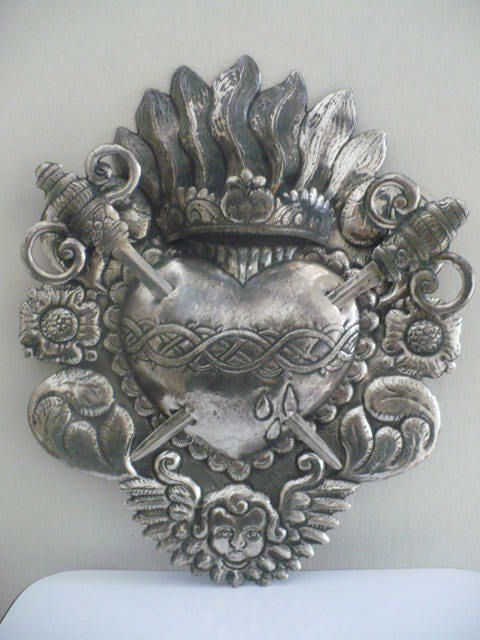
Antique Mexican Sacred Heart (Corazón)
9K notes
·
View notes
Photo
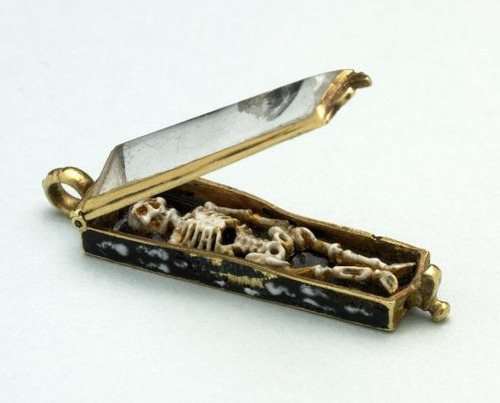
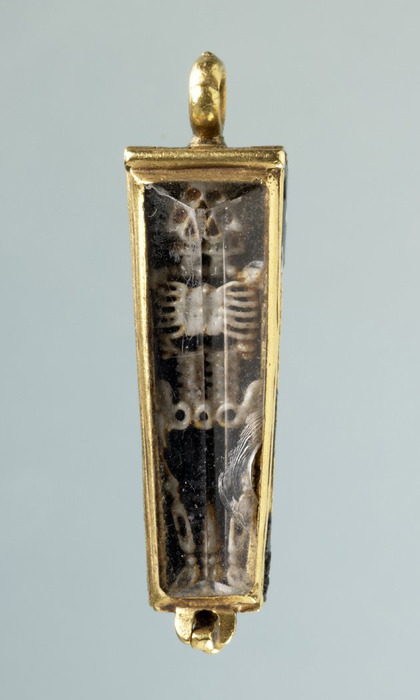


Memento mori pendant, made in France in the 16th century
19K notes
·
View notes
Text
“if consumers buying goods that they believe help them ‘connect with the Earth’ are, in fact, making purchases that are connected to grave human-rights abuses, environmental destruction, conflict and corruption. Unfortunately, this is a very real risk for products like crystals.”
12K notes
·
View notes
Photo




The belief in magic, spells, curses and incantations and the need to save such knowledge have caused a number of influential texts og “grimoires” (textbooks of magic) to be developed over the centuries. The Ars Notoria is a great example of this, and one of five books within a grimoire called the Lesser Keys of Solomon. The texts contained within the Ars Notoria are a collection of orations, prayers, and magical words in several different languages. The book describes a daily process of visualization, contemplation, and orations, intended to enhance the practitioner’s mental power and memory. The Ars Notoria dates back to the beginning of the 13th century, and is currently located at the Beinecke Rare Books & Manuscript Library.
786 notes
·
View notes










